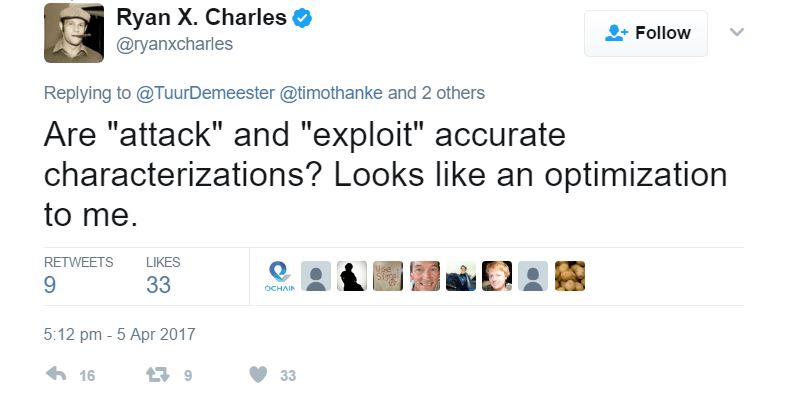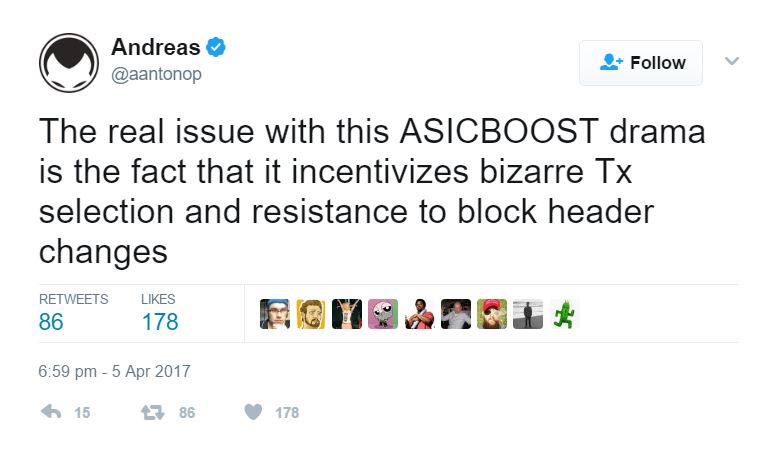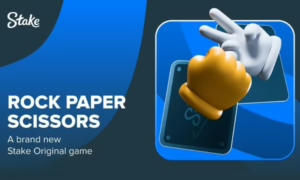ASICBoost: The Reason Behind Resistance To SegWit

Two days ago, Greg Maxwell a Bitcoin Core Developer, apparently uncovered why there is so much resistance to the implementation of SegWit. The root of the problem is the application of ASICBoost, a patent pending development that could make bitcoin mining 20% more efficient. As Maxwell asserts, there is no problem with the ASICBoost itself. Miners will be able to use the technology if the network adopts SegWit, but no miners would be able to do so covertly. SegWit would not allow it, and there are reports that miners have tried to use the technology covertly to gain an advantage. This would explain resistance to SegWit, but the whole issue is more complicated than what it seems.
How does ASICBoost Work?
Before delving deeper into the controversies surrounding ASICBoost and SegWit, it is enlightening to understand how this technology works at least conceptually. Without getting into technical details, ASICBoost basically works by reusing part of the message hashed from a block, to match it with part of a message from another block. ASICBoost does this by generating various possible block hashes that share that part of the message. This reduces the work needed to hash other blocks, because part of the work was already done.
ASICBoost Accusations
Some commentators have accused Bitmain and Jihan Wu of trying to use this technology covertly. This would explain why Jihan Wu along with other miners might be supporting Bitcoin Unlimited instead of SegWit. However, the fact that Wu did not file the original ASICBoost patent makes the issue look a little more confusing. Timo Hanke and Damian Lerner are the two people who filed the patent.

Patent Infringement?
The patent is still pending, meaning that legal protection might be limited. People might still be able to challenge the patent. The issue of patent infringement might belong to a different discussion. Many in the bitcoin community would even say that they don’t care about patent law and that this technology must be available for everyone to use. Otherwise it would give some miners the power to centralize the network through more efficient mining that is legally protected. Nevertheless, patent holders could use law against anyone who uses said patent without a licensing agreement, depending on local laws. Given that SegWit would make covert use of ASICBoost impossible, patent enforcement is possible.
ASICBoost Patent: Bitcoin Killer
This would give an additional incentive to miners who want to use the ASICBoost covertly, because it would protect them from possible patent infringement claims. Covert use of technology technology could prevent patent holders from enforcing the patent because it is difficult to figure out who is using the patent without authorization. Thus, the assumption would be that all miners would have an incentive to “cheat”. This could erase the advantages from ASICBoost optimization, but would keep high efficiency mining from becoming a force of centralization in the hands of patent holders. In a twisted sense then, SegWit could well become a bitcoin killer indirectly, enabling ASICBoost patent holders to centralize the network.
ASICBoost Issues Beyond SegWit
Some bitcoin experts see other kinds of problems with ASICBoost. Andreas Antonopoulos for instance, pointed out that the technology itself might be problematic. Antonopoulos sustains that this development would prevent block header changes. There might be other unforeseen technical issues that other experts could discover. The history of bitcoin shows that unforeseen issues are always lurking around the corner.

Possible Outcomes
Whether it is patent issues, SegWit or other technical issues that may arise from the use of ASICBoost technology, there is no doubt that Maxwell’s discovery gives a new twist to the block size and transaction discussion. In a way, this discovery might make it easier for the community to move ahead with SegWit. On the other hand, it could give it reasons not to go ahead with SegWit. It all depends on how Hanke and Lerner manage the patent, and how authorities enforce it in different places of the world, if patent boards grant it at all and if the network implements SegWit. Only time will tell.
Click here to read the ASICBoost white paper.







